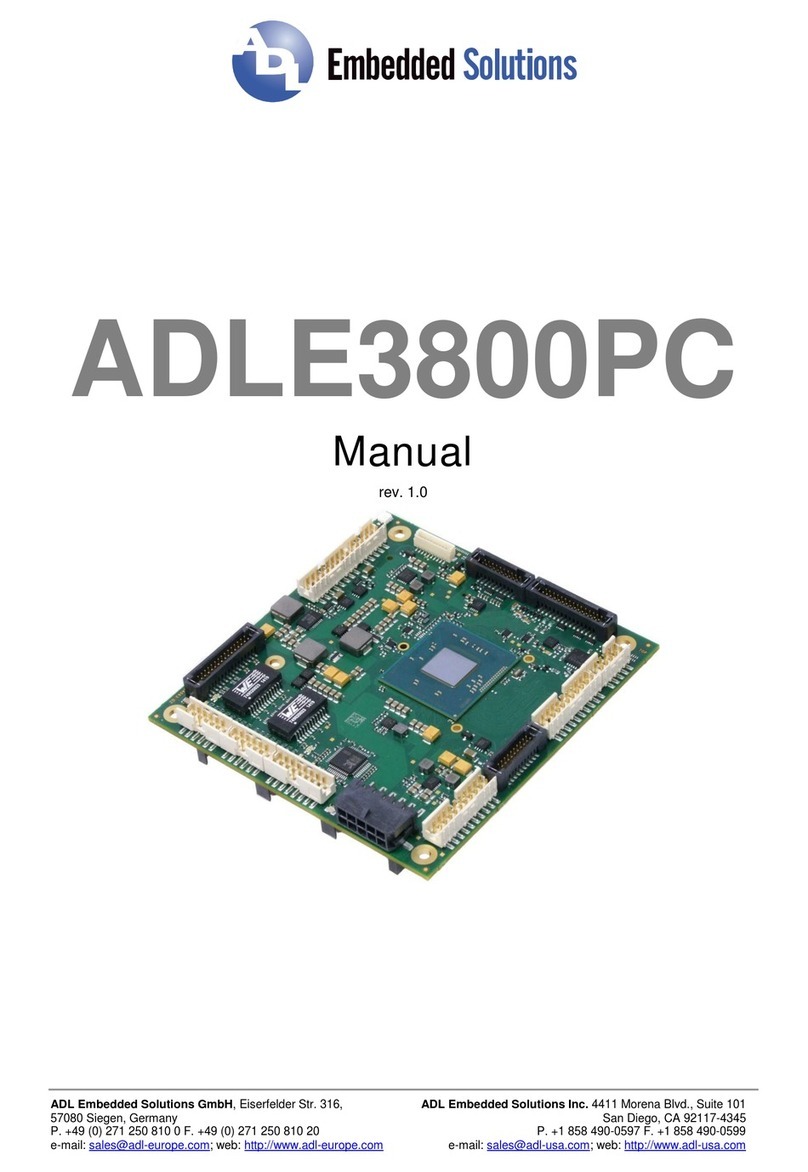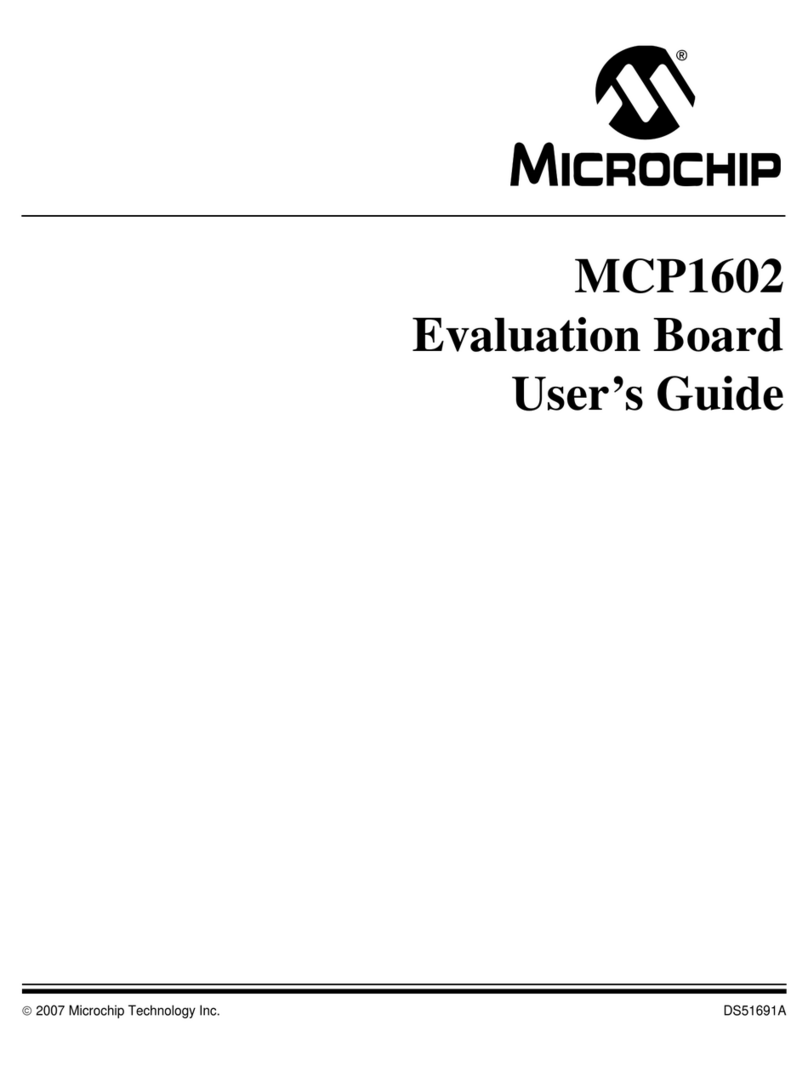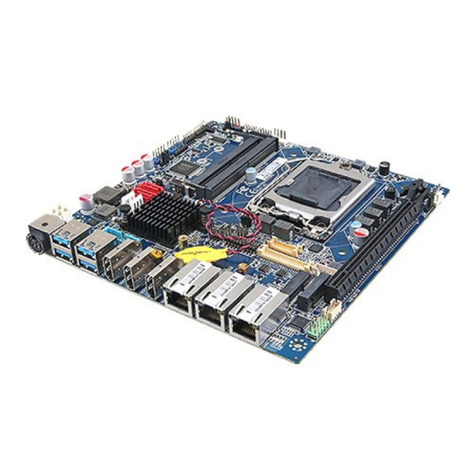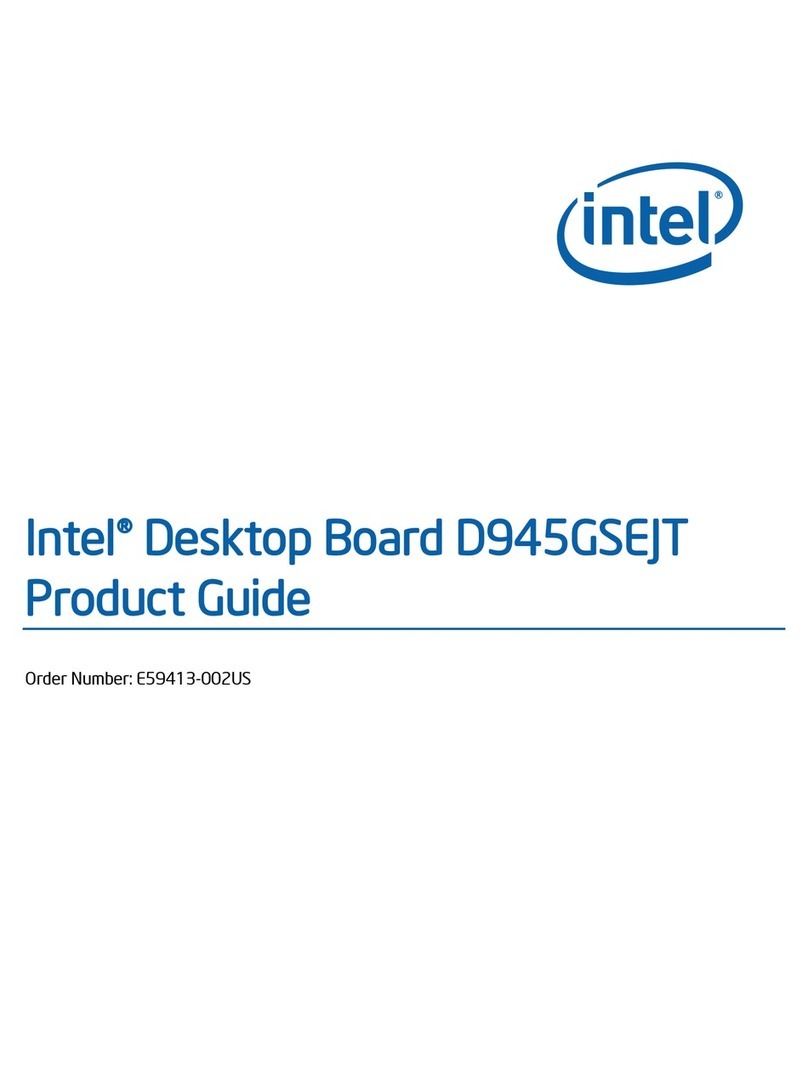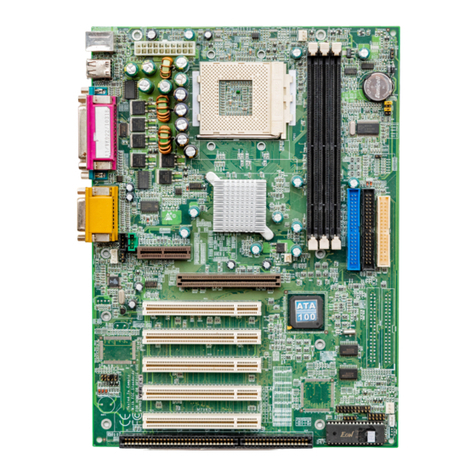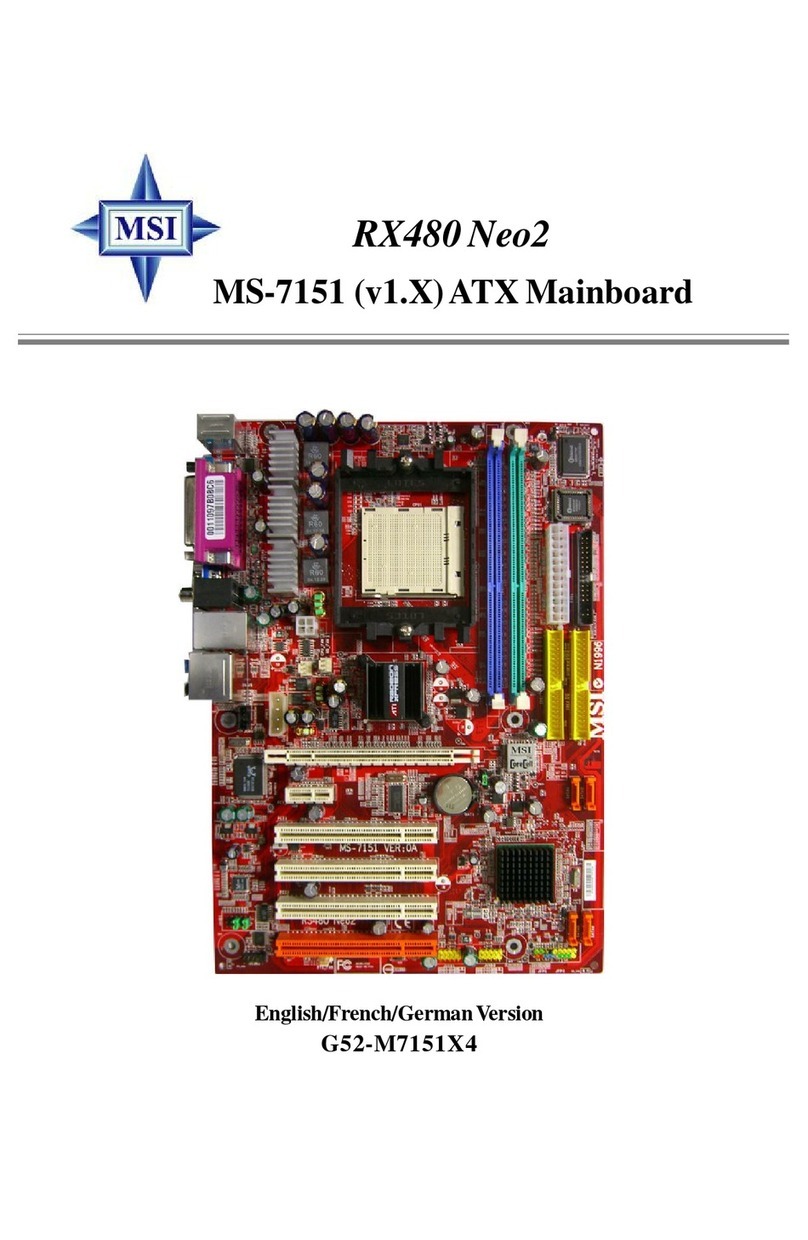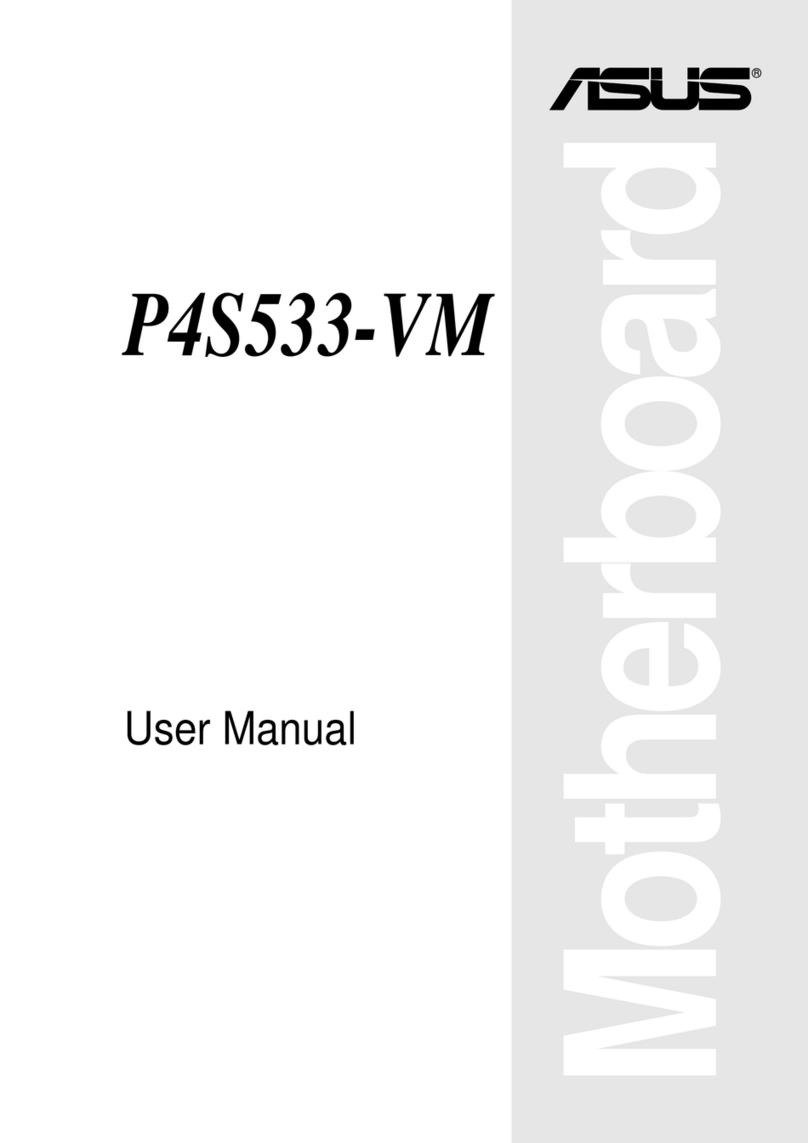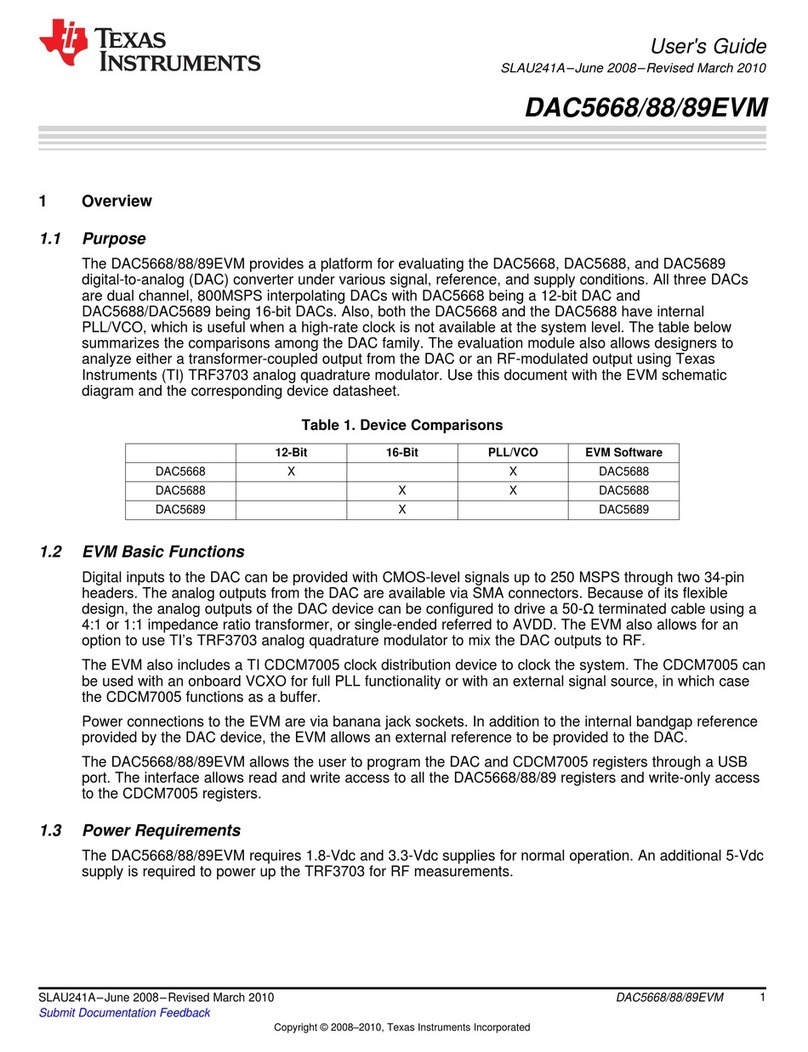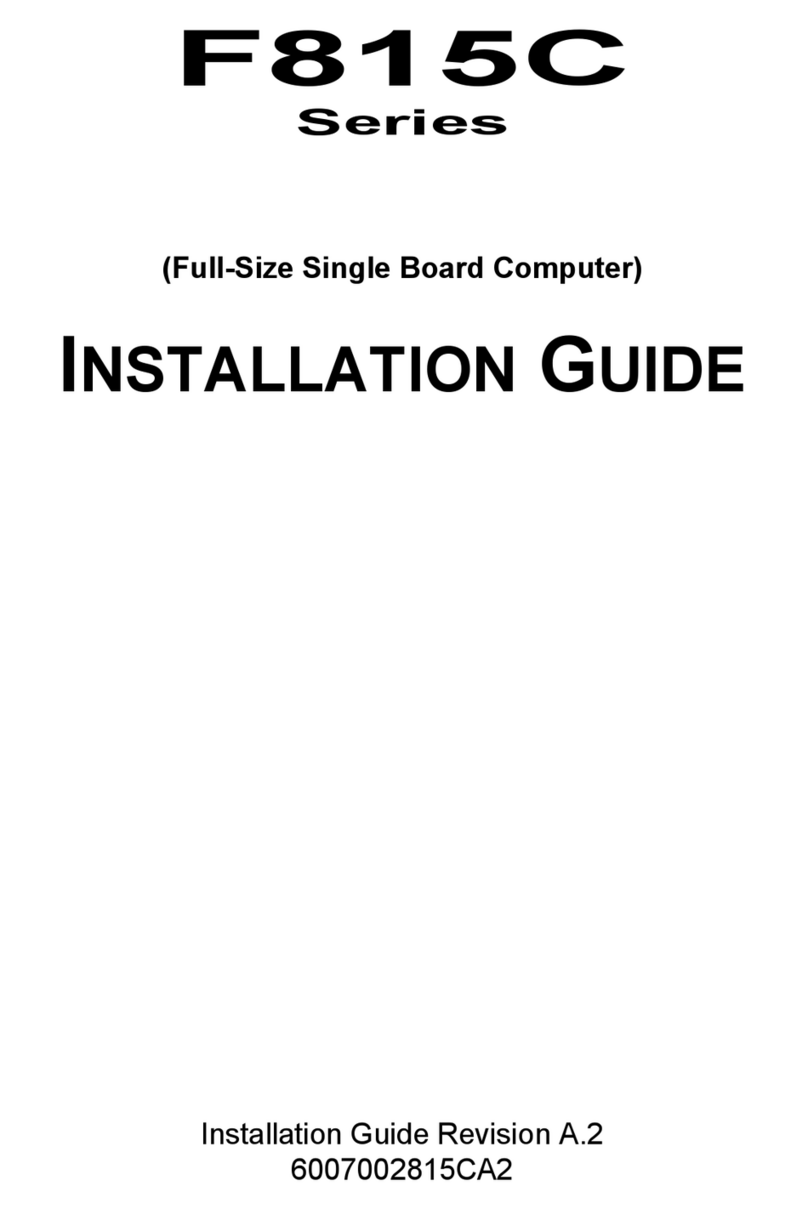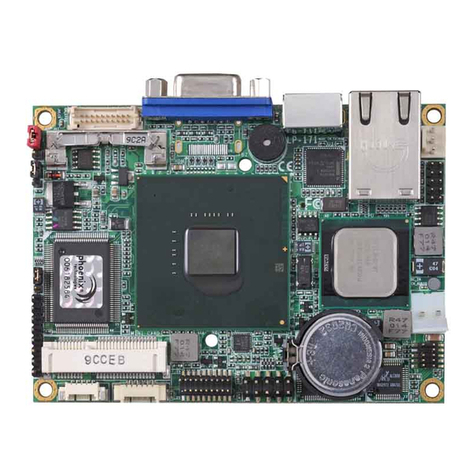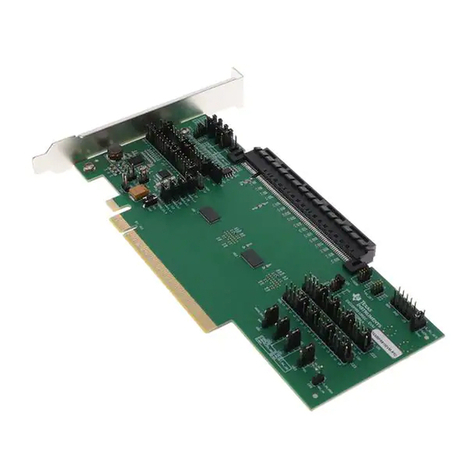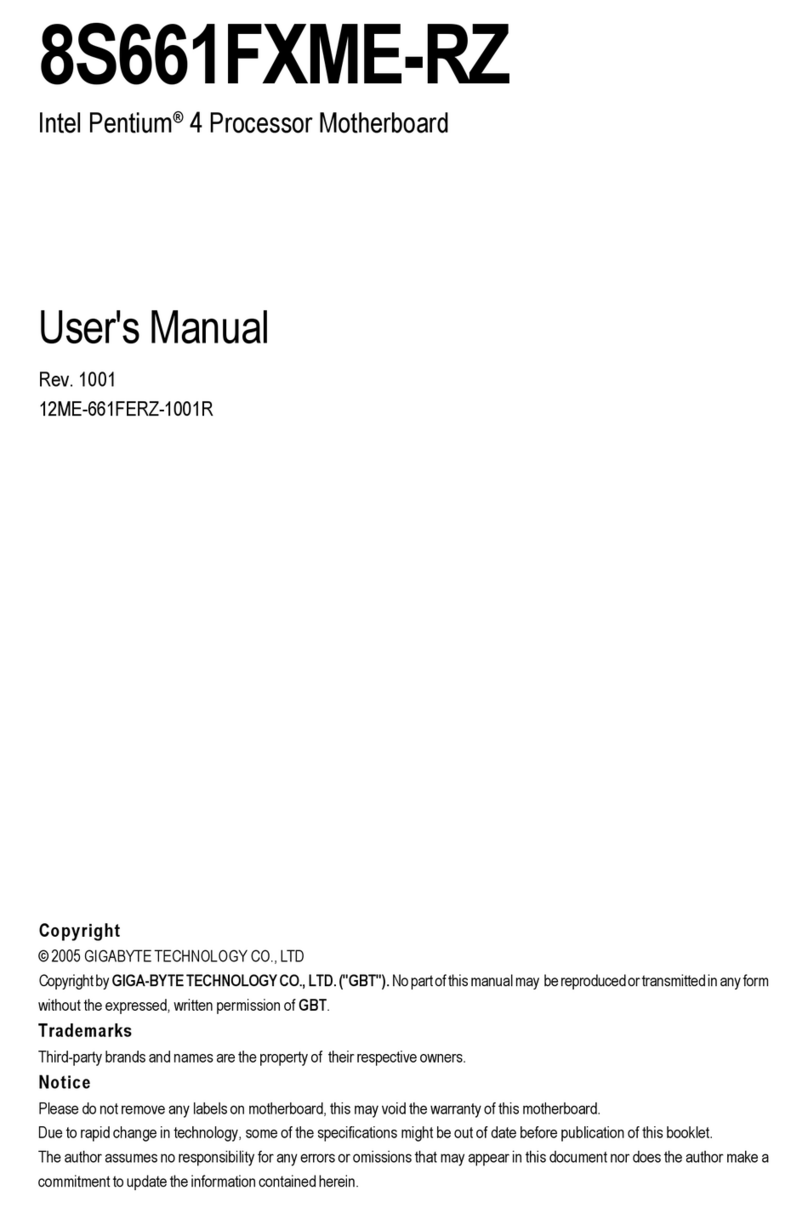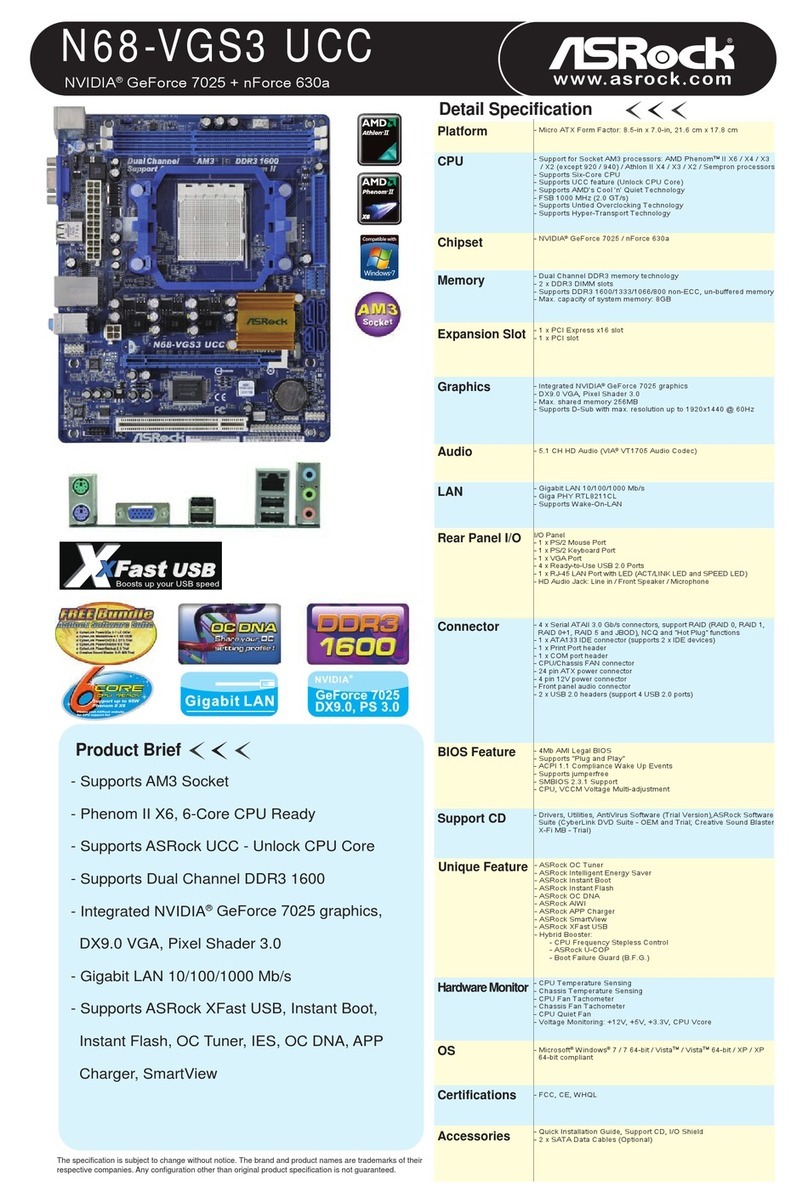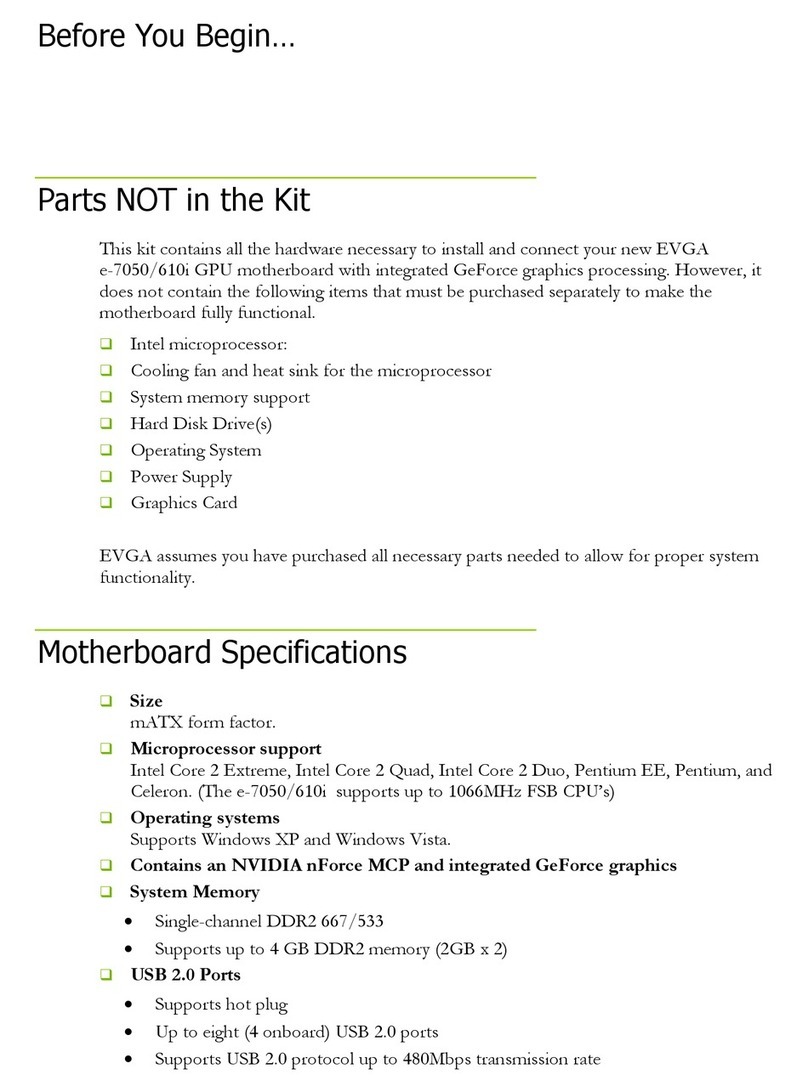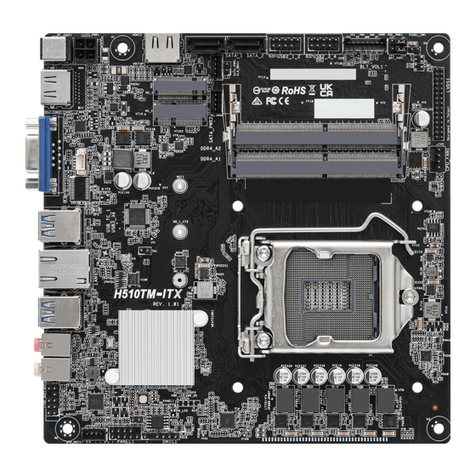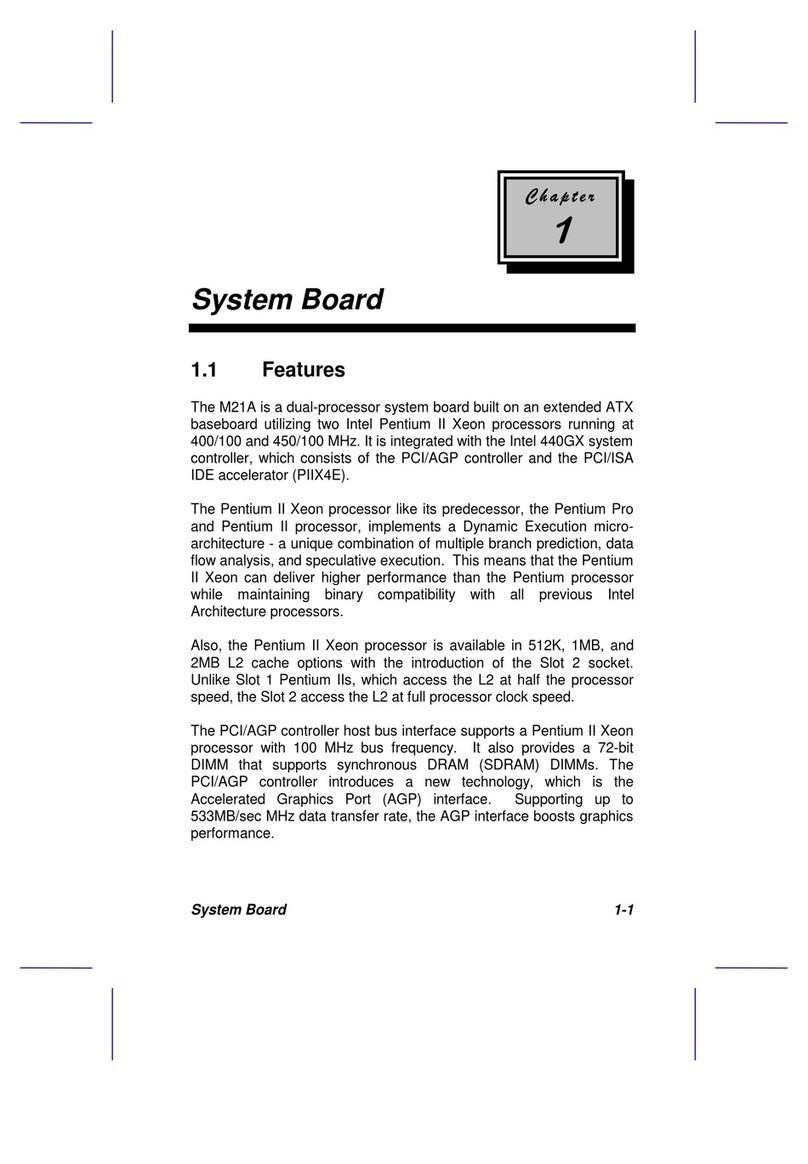Embedded Solutions Equinox Technologies Epsilon5 User manual

Chipsmall Limited consists of a professional team with an average of over 10 year of expertise in the distribution
of electronic components. Based in Hongkong, we have already established firm and mutual-benefit business
relationships with customers from,Europe,America and south Asia,supplying obsolete and hard-to-find components
to meet their specific needs.
With the principle of “Quality Parts,Customers Priority,Honest Operation,and Considerate Service”,our business
mainly focus on the distribution of electronic components. Line cards we deal with include
Microchip,ALPS,ROHM,Xilinx,Pulse,ON,Everlight and Freescale. Main products comprise
IC,Modules,Potentiometer,IC Socket,Relay,Connector.Our parts cover such applications as commercial,industrial,
and automotives areas.
We are looking forward to setting up business relationship with you and hope to provide you with the best service
and solution. Let us make a better world for our industry!
Contact us
Tel: +86-755-8981 8866 Fax: +86-755-8427 6832
Email & Skype: [email protected]om Web: www.chipsmall.com
Address: A1208, Overseas Decoration Building, #122 Zhenhua RD., Futian, Shenzhen, China

User Guide
Portable ISP Programmer for
Atmel, Atmel Wireless (Temic) and
Philips FLASH Microcontrollers

EPSILON5 MKII Programmer - User Guide V1.12 – 1st August 2007 i
Contents
Copyright Information ............................................................................................................iii
Equinox Warranty Information ..............................................................................................iv
Electromagnetic Compatibility (EMC) Compliance.............................................................vi
RoHS Compliance...................................................................................................................vi
Technical Support..................................................................................................................vii
Product Documentation .......................................................................................................viii
1.0 Programmer Overview ......................................................................................................1
1.1 System Contents ............................................................................................................1
1.2 Hardware Overview (external layout) .............................................................................2
1.3 Hardware Overview (internal layout) ..............................................................................3
1.4 Push Button Functions....................................................................................................4
1.5 Programmer Specifications ............................................................................................5
1.5.1 Programmer Specifications Overview....................................................................5
1.5.2 Voltage range.........................................................................................................8
1.5.3 Current Consumption / Parameters .......................................................................9
1.5.4 DC Power Input Connector (CON1).....................................................................10
1.5.5 DC Power Cable Specification.............................................................................10
1.5.6 J5 – RS-232 Communications Port & Serial Cables ...........................................11
1.6 Device Support .............................................................................................................14
1.6.1 Devices supported by the programmer................................................................14
1.6.2 Programming Interface to Target Device.............................................................15
2.0 Getting Started Guide......................................................................................................17
2.1 Overview .......................................................................................................................18
2.2 Hardware Installation Procedure ..................................................................................19
2.3 Software Overview and Installation ..............................................................................22
2.3.1 Software Overview ...............................................................................................22
2.3.2 Programmer Control Mechanisms .......................................................................23
2.3.3 Software Installation.............................................................................................24
2.4 Operating the programmer ...........................................................................................25
2.5 Development Mode (EDS)............................................................................................27
2.5.1 Overview ..............................................................................................................27
2.5.2 Creating a new EDS (Development Mode) Project .............................................27
2.5.3 Testing an existing Programming Project in a Project Collection in EDS
(Development Mode).....................................................................................................28
2.5.4 Overview of EDS – Development Mode ..............................................................29
2.5.5 Buffer Window - Control Buttons..........................................................................31
2.5.6 Example of using EDS .........................................................................................32
2.6 Standalone Mode..........................................................................................................33
2.6.1 Overview ..............................................................................................................33
2.6.2 Steps required before operating the programmer in Standalone Mode ..............33
2.6.3 How to export your Development (EDS) project to Project Builder .....................33
2.6.4 Executing a Programming Project in Standalone Mode ......................................34
2.7 Script Mode...................................................................................................................35
2.8 ConsoleEDS – Command Line control.........................................................................35

EPSILON5 MKII Programmer - User Guide V1.12 – 1st August 2007
ii
3.0 Programmer / Target System Power Supply Scenarios + Standalone Mode
Programming Instructions ....................................................................................................37
3.1 Overview .......................................................................................................................37
3.2 Programmer / Target System Power Supply Schematic ..............................................38
3.3 Earthing requirements...................................................................................................40
3.3.1 Overview...............................................................................................................40
3.3.2 Laptop earthing issues .........................................................................................40
3.3.3 Desktop PC earthing issues.................................................................................40
3.3.4 Earthing recommendations ..................................................................................41
3.4 Programmer Powers the Target System ......................................................................42
3.4.1 Overview...............................................................................................................42
3.4.2 Hardware Setup - Programmer powers the Target System.................................42
3.4.3 Circuit Schematic - Programmer powers the Target System...............................43
3.4.4 Set up instructions - Programmer powers the Target System .............................44
3.4.5 Programming Instructions (Standalone Mode) - Programmer powers the Target
System...........................................................................................................................46
3.5 Target System powers the Programmer.......................................................................48
3.5.1 Overview...............................................................................................................48
3.5.2 Hardware Setup - Target System powers the Programmer.................................48
3.5.3 Circuit Schematic - Target System powers the Programmer...............................49
3.5.4 Setup instructions - Target System powers the Programmer ..............................50
3.5.5 Programming Instructions (Standalone Mode) - Target System powers the
programmer ...................................................................................................................51
3.6 Programmer and Target System are independently powered......................................53
3.6.1 Overview...............................................................................................................53
3.6.2 Hardware Setup - Programmer and Target System independently powered......53
3.6.3 Circuit Schematic - Programmer and Target System independently powered....54
3.6.4 Set up instructions - Programmer and Target System independently powered ..55
3.6.5 Programming Instructions ....................................................................................56
4.0 ISP Header Selection .......................................................................................................57
4.1 Overview .......................................................................................................................57
4.2 ISP Header Selection Chart (by header) ......................................................................58
4.3 ISP Header Selection Chart (by Device) ......................................................................60
4.4 J3 - Atmel 6-way ISP Header (SPI Interface) ...............................................................61
4.5 J6(a) - Equinox 10-way Header (Generic SPI Interface) ..............................................63
4.6 J6(b) - Equinox 10-way Header (ATtiny11/12/15 HV Interface) ...................................66
4.7 J6(c) - Equinox 10-way Header (UART Boot Loader) ..................................................68
4.8 J7 - Atmel 10-way Header (SPI Interface) ....................................................................70
4.9 J8 - Atmel 10-way JTAG Header (JTAG Interface) ......................................................72
4.10 ISP Cable considerations............................................................................................74

EPSILON5 MKII Programmer - User Guide V1.12 – 1st August 2007 iii
Copyright Information
Information in this document is subject to change without notice and does not represent a
commitment on the part of the manufacturer. The software described in this document is furnished
under license agreement or nondisclosure agreement and may be used or copied only in accordance
with the terms of the agreement.
It is against the law to copy the software on any medium except as specifically allowed in the license
or nondisclosure agreement.
The purchaser may make one copy of the software for backup purposes. No part of this manual may
be reproduced or transmitted in any form or by any means, electronic, mechanical, including
photocopying, recording, or information retrieval systems, for any purpose other than for the
purchaser’s personal use, without written permission.
© 2000 - 2007 Copyright Equinox Technologies UK Limited. All rights reserved.
AtmelTM and AVRTM are trademarks of the Atmel Corporation
Microsoft, MS-DOS, WindowsTM, Windows 95TM, Windows 98TM, Windows XPTM and Windows NT4TM
are registered trademarks of the Microsoft Corporation
IBM, PC and PS/2 are registered trademarks of International Business Machines Corporation
Intel, MCS 51, ASM-51 and PL/M-51 are registered trademarks of the Intel Corporation
Every effort was made to ensure accuracy in this manual and to give appropriate credit to persons,
companies and trademarks referenced herein.
Equinox guarantees that its products will be free from defects of material and workmanship under
normal use and service, and these products will perform to current specifications in accordance with,
and subject to, the Company’s standard warranty which is detailed in Equinox’s Purchase Order
Acknowledgment.

EPSILON5 MKII Programmer - User Guide V1.12 – 1st August 2007
iv
Equinox Warranty Infor mation
This product is guaranteed by Equinox Technologies UK Limited for a period of 12 months (1 year)
after the date of purchase against defects due to faulty workmanship or materials. One guarantee
covers both parts and labour. Service under the guarantee is only provided upon presentation of
reasonable evidence that the date of the claim is within the guarantee period (e.g. completed
registration/guarantee card or a purchase receipt).
The guarantee is not valid if the defect is due to accidental damage, misuse or neglect and in the
case of alterations or repair carried out by unauthorised persons. A number of exceptions to the
warranty are listed in the ‘Exceptions to warranty’ section below. Service (during and after guarantee
period) is available in all countries where the product is distributed by Equinox Technologies UK
Limited.
Exceptions to warranty
Over-voltage damage
This warranty does not cover damage to the programmer due to voltages beyond the specified
voltage limits being applied to the ‘DC Power Input’ (CON1) or any of the ISP Headers. The user must
ensure that sufficient care is taken to avoid over-voltage and static conditions on any of the ‘ISP
Header’ I/O pins.
Over-current damage
This warranty does not cover damage to the programmer due to excessive current being drawn from
the programmer power supply. The user must ensure that there is sufficient over-current protection
within the test fixture to protect against short circuit loads.
Short-circuit damage
This warranty does not cover damage to the programmer due to short-circuit loads being placed
across programmer I/O lines.
Damage to the Programmer Line Driver Circuitry
This warranty does not cover damage to the programmer ‘Line Driver Circuitry’ due to over-
voltage, over-current or short-circuit of any of the programmer I/O lines. It is the responsibility of
the user to make sure that sufficient precautions are taken before plugging the ISP Cable into a
Target System.
Warning!
Any damage caused to the programmer by Electrostatic Discharge (ESD) through inadequate
earthing is not covered under the warranty of the product.

EPSILON5 MKII Programmer - User Guide V1.12 – 1st August 2007 v
Disclaimer
Whilst every effort has been made to ensure that programming algorithms are correct at the time of
their release, it is always possible that programming problems may be encountered, especially when
new devices and their associated algorithms are initially released. It is Equinox’s Company Policy to
endeavour to rectify any programming issues as quickly as possible after a validated fault report is
received.
It is recommended that high-volume users always validate that a sample of a devices has been
programmed correctly, before programming a large batch. Equinox Technologies UK Ltd. can not be
held responsible for any third party claims which arise out of the use of this programmer including
‘consequential loss’ and ‘loss of profit’.
Equinox Technologies UK Ltd. cannot be held responsible for any programming problems which are
‘out of our control’. This type of problem is usually listed in the ‘Errata Sheet’ for the particular device
being programmed and is available from the silicon vendor.
Information contained in this manual is for guidance purposes only and is subject to change. E&OE.

EPSILON5 MKII Programmer - User Guide V1.12 – 1st August 2007
vi
Elec troma gne tic Compatibilit y (EMC)
Complia nce
The ‘EPSILON5’ is a CE Approved Product. It is designed for use in an ESD controlled environment
i.e. development or production. This means, therefore, that the user must ensure that there is no
possibility of damage from electrostatic discharge (ESD). Since the devices and equipment to which
this product is likely to be connected may well themselves be susceptible to ESD, this should not
pose any difficulty.
For example, if you are handling microcontrollers and EEPROMS etc. then you will already be used to
appropriate precautions, such as the use of anti-static mats, wrist straps and so on. You should treat
your ‘EPSILON5’ with the same care as you would these types of devices. Always ensure that you
are not yourself carrying a static charge before handling the product. Wearing an earthed anti-static
wrist strap is recommended.
Equinox have taken great care in designing this product to be compliant with the European EMC
directive. When using the equipment be sure to follow the instructions provided. Although RF
emissions are within prescribed limits, care should be taken if you are using the product near to
sensitive apparatus. If you experience any difficulty please refer to Equinox Technical Support.
RoHS Complia nce
The ‘EPSILON5’ is a RoHS compliant product.
ESD Points to remember
•Work in a static-free environment.
•Wear an earthed wrist strap when handling either the programmer and/or
any programmable device.
•Ensure that the PC, programmer and Target system are connected to the
same EARTH (0V) potential.
•Do NOT plug the ISP cable of the programmer into a Target System when
the Target power is ON.
Warning!
Any damage caused to the programmer by Electrostatic Discharge (ESD) through inadequate
earthing is not covered under the warranty of the product.

EPSILON5 MKII Programmer - User Guide V1.12 – 1st August 2007 vii
Te chnical Support
It is often the case that users experience problems when installing or using a product for the first time.
If you have a technical support problem, please consult the following list for help:
Manual
On-line help
Press <F1> for help at any time when running EQTools or ISP-PRO.
The help system is context-sensitive. Simply press <F1> on any error message and the
Possible causes of the error should be listed. This help system is updated on a regular
basis. Please see software update details for information on keeping up-to-date with
software revisions.
Internet Web Site
The support page for all Equinox ISP Programmers can be found at:
http://www.equinox-tech.com/products/downloadsearch.asp
E-mail
Please e-mail any technical support questions about this product to:
Fax
Please fax any technical support questions about this product to: +44 (0) 1942 844181
Equinox will try our best to answer your questions about this product as quickly as
possible. However, we cannot promise an immediate reply. Please consult our web site for new
software updates as the problem that you are enquiring about may have already been fixed in a new
version.

EPSILON5 MKII Programmer - User Guide V1.12 – 1st August 2007
viii
Product Docume ntat ion
This manual provides an overview of the contents of the EPSILON5 Programming System plus
associated hardware and software. References may be made to other hardware and software
products which are not covered in detail in this manual. Please refer to the table below for a list of
sources of documentation and/or browse to:
http://www.equinox-tech.com/products/downloadsearch.asp
Software:
EQTools Script Builder – Manual
This software is used to create and upload ‘Programming Projects’ to
the programmer.
The following sources of documentation are available for this
software:
•Installation and Getting Started Guide (pdf manual)
•Help file
Upload Wizard - Standalone Project Upload Utility
This software utility is used to upload Programming Projects to any
Equinox programmer. These projects can then be used in
Standalone Mode, i.e. without a PC.
•Please follow the on-screen instructions within the Upload
Wizard utility itself.
ASCII Text Communications Protocol – Application Note
This protocol can be used to control the programmer from an
external controller via RS-232.
The following sources of documentation are available for this
protocol:
•Application Note – AN110 for a full description.
ConsoleEDS Pro – Application note
This software utility allows any Equinox programmer to be controlled
via simple Command Line instructions from a Command Window
within Windows.
The following sources of documentation are available for this
software:
•Application Note 111 – ConsoleEDS Manual

EPSILON5 MKII Programmer - User Guide V1.12 – 1st August 2007 ix
ISP Pro – Manual
This software is used to control the programmer in a production
environment. It is not supplied as standard with this programmer.
The following sources of documentation are available for this
software:
•Installation and User Manual
•Help File
•Configit – Firmware Upgrade Utility
This utility is used to upgrade the firmware of the programmer. A
firmware update may be required to add support for new devices
and to correct any firmware issues.
Labview – Remote Application Control – Application Note
This upgrade allows a production facility to control a single
programmer from a ‘Labview for Windows’ application. The
Application note describes how to control the programmer using a
custom Labview (from National Instruments) application.
The following sources of documentation are available for this
software:
•Application Note - Remote Application Control of ISP-PRO
•Remote Application Control – Application Note
Describes how to control the programmer using a custom Remote
Application written in e.g. Visual Basic, C++, C Builder, Delphi etc.
•Error Message Descriptions
This document lists all the possible error messages which can be
generated by the EQTools / ISP-PRO applications.

EPSILON5 MKII Programmer - User Guide V1.12 – 1st August 2007
x
Downloading up-to-date documentation and software:
In line with our policy of continuous improvement, the software and associated documentation for this
product are updated on a regular basis. Please refer to the ‘Downloads Page’ for this product on our
website at http://www.equinox-tech.com/products/downloadsearch.asp for the most up-to-date
information for this product.
Browse to http://www.equinox-tech.com
•Click / select the <Downloads> tab Æthe ‘Downloads Search Page’ will appear.
•Type in the name of the programmer e.g. EPSILON5 into the ‘Product Name’ field
•Click the <Search> button
Æa list of all the software and documentation available for this product are displayed.
•Click the <Info> button next to an individual item to see the details of the downloadable file
•Click the <Download> button to download the file
Please note:
You may be asked to register your programmer before downloading certain files. Equinox use the
registration information to send you up-to-date information about new software releases etc.

EPSILON5 MKII Programmer - User Guide V1.12 – 1st August 2007 1
1.0 Progra mme r Overview
1.1 System Contents
Hardware
•EPSILON5 MKII Programmer
•2 x Jumper Links for internal jumpers
Cables
•DC Power Cable
•9-way Female to 9-way Male Serial Cable
•25-way Female to 9-way Male Serial Adaptor
•ISP Cables
1 x 10-way IDC to 10-way IDC Ribbon Cable
1 x 6-way IDC to 6-way IDC Ribbon Cable
Software
(Supplied on an Equinox CD-ROM)
•EQTools
(Project Management Utility for Equinox
Production ISP Programmers)
Documentation
•EPSILON5 - User Guide

EPSILON5 MKII Programmer - User Guide V1.12 – 1st August 2007
2
1.2 Hardware Overview (external layout)
Top Panel
ISP Cable Slot
ISP cable plugs into relevant ISP Header internally and
then exits the case through this slot.
Front Panel
<Target Vcc> LED
- Indicates when ‘Target Vcc (Power)’
is ON
- Does not indicate ‘Programmer
Power’ unless Jumper J9 is fitted.
Status LED’s:
<PASS> LED
<BUSY> LED
<FAIL> LED
<NO> Button
- Used to cancel a programming
operation.
<YES> Button
- Used to start an ‘autoprogram’
operation.
Bottom Panel
1. RS-232 port (J5)
2. External DC Power Supply Input (CON1)

EPSILON5 MKII Programmer - User Guide V1.12 – 1st August 2007 3
1.3 Hardware Overview (internal layout)
Hardware
1. Atmel 6-way ISP (SPI) Header
2. Equinox 10-way ISP (SPI / UART) Header
3. Atmel 10-way ISP (SPI) Header
4. Jumper (J9) – Vcc Link
5. Jumper (J10) – Enable Target Power LED
6. Status LED’s
7. Firmware Update Jumper 2 (J11)
8. External DC Power Supply Input (CON1)
9. RS-232 port (J5)
10. Firmware Update Jumper 1 (J5)
11. <Yes> button
12. <No> button
13. Target Vcc Present – LED
14. Atmel 10-way JTAG Header

EPSILON5 MKII Programmer - User Guide V1.12 – 1st August 2007
4
1.4 Push Button Functions
The EPSILON5 programmer features two push buttons,
<YES> and <NO>, which are used to control the programmer
when it is operating in ‘Standalone Mode’.
The function of these buttons is described below.
Button Function of button
The <No> button has the following functions:
i. To cancel a programming action
ii. To return to the ‘Standby’ state
The <YES> button has the following functions:
i. To execute a programming project which has been pre-loaded
into the programmer ‘FLASH Memory Store’.
ii. To return to the ‘Standby’ state

EPSILON5 MKII Programmer - User Guide V1.12 – 1st August 2007 5
1.5 Programmer Specifications
1.5.1 Programmer Specifications Overview
The table below details the hardware specifications for the programmer. Please refer to the stated
section for further information about any specific parameter.
#
Parameter
Description / comment
Refer
to
section
1 Target Device
Support
See Device Support List 1.6.1
2 Target Device
Programming
Interfaces
The programmer supports the following programming
interfaces:
•Atmel Low Voltage SPI
•Atmel High Voltage SPI (+12V Vpp)
•Atmel AVR JTAG (chargeable update)
•Atmel (formerly Temic) 8051 Boot loader ISP
NXP (Phillips) 8051 - Boot Loader ISP
1.6.2
3 Operating modes The programmer supports the following operating modes:
As standard:
•Development Mode (PC controlled)
•Project Upload Mode using Upload Wizard (PC
controlled)
•Standalone Mode - Keypad + LCD operation
•Standalone Mode – Run Target
•ConsoleEDS EVAL – Command Line control
Optional chargeable upgrades:
•Standalone Mode - Remote Controlled via ‘ASCII Text
Communications’ RS-232 Serial Protocol
•PC controlled via ISP-PRO software (chargeable
upgrade)
ConsoleEDS PRO – Command Line control
2.4
4 On-board FLASH
Memory Store
2 Mbits (256 kBytes) FLASH Memory
5 Project storage in
Memory Store
1 x Programming Project
or 2 x ‘Chained Projects’
6 Keypad entry 2 x Push Button - <YES> and <NO>
7 Status LED’s 3 x Status LED’s - <PASS>, <BUSY>, <FAIL>
8 Target Vcc
Voltage Detection
LED
•Target Vcc (POWER) LED will light when Target Vcc is
detected.
•Threshold detection voltage: approx 3.1V

EPSILON5 MKII Programmer - User Guide V1.12 – 1st August 2007
6
9 PC Control Software The programmer can be controlled using:
•EQTools (as standard)
•ISP-PRO (chargeable upgrade)
•Standalone Upload Wizard (chargeable upgrade)
•ConsoleEDS Evaluation version
•ConsoleEDS PRO (chargeable upgrade)
•ASCII Text Mode (chargeable upgrade)
2.3
10 PC requirements PC running Windows 95 / 98 / 2000 or ME / NT4 / XP
11 Power Supply
Options
There are 3 possible modes for powering the Programmer /
Target System:
•Programmer powers Target System
•Target System powers the Programmer
•Programmer and Target System are independently
powered
3.0
12 Voltage range See specified section 1.5.2
13 Vpp Voltage
Generator
On Board +12.0V Vpp Voltage Generator
(Applies +12.0V to RESET pin for ATtiny HV programming)
14 DC Power Connector
(CON1)
•DC Power Connector
•2.5 mm Jack Socket – Centre Positive
•DC Power Lead supplied with programmer – white
stripe is +ve.
1.5.2
15 Programmer Current
Consumption
This refers to the current consumption of the actual
programmer circuitry. See specified section.
1.5.3
16 Max. current through
programmer
This refers to the maximum current which can be supplied
through the programmer from CON1 (i.e. external power
supply) to the Target System.
Max current = 300 mA.
1.5.3
17 Target SPI
Frequency
Software SPI algorithm:
•SLOW SPI: 0 – 490.2 kHz (user selectable)
•MEDIUM SPI: 0 – 490.2 kHz (user selectable)
( SPI speeds are estimations only due to uneven mark/space
ratio and non-continuous waveforms)
Hardware SPI algorithm (requires firmware 3.04 or
greater):
•SLOW SPI: 115.2 kHz to 921.6 kHz (user selectable)
•FAST SPI: 115.2 kHz to 921.6 kHz (user selectable)
18 Target UART Speed This is the Communications Speed (BAUD rate) from the
programmer to the Target Device when communicating via a
Boot Loader. The BAUD rate is configurable from 1,200 to 115
kBaud. This settings is completely independent from the BAUD
rate settings for the PC communicating with the programmer.
4.0

EPSILON5 MKII Programmer - User Guide V1.12 – 1st August 2007 7
19 ISP Headers 4 x ISP Headers (inside enclosure)
i. Atmel 10-way (SPI)
ii. Atmel 6-way (SPI)
iii. Atmel 10-way (JTAG)
iv. Equinox 10-way (SPI+UART)
20 Frequency generator
output (SCK2)
Programmer can output a configurable square wave frequency
on the SCK2 pin. This is used to clock the Target Device in the
absence of a Target Oscillator.
21 PC Connection (J5) •RS232 9-way Female D Connector
•Connects to spare PC COM port
•All 9 connections must be made in serial cable.
•Baud rate: 38,400 (fixed)
1.5.6
22 Temperature range 0 to 50 deg. C
23 Size (enclosure) 189H x 80L x 31D mm
24 Shipped Weight 0.75 kg

EPSILON5 MKII Programmer - User Guide V1.12 – 1st August 2007
8
1.5.2 Voltage range
The programmer is designed to operate from a supply voltage in the range defined in the table below.
Correct operation outside of these limits is not guaranteed. The programmer supply voltage can be
derived from either the CON1 connector or the Target Vcc pin on any of the ISP Headers. The
CON1 centre pin and the Target Vcc are physically joined together inside the programmer if the
jumper J9 is fitted.
Fig. 1.5.2 Programmer voltage supply range for reliable operation
# Programmer mode Min
Vcc
Max
Vcc
Units
1 Programming a Target Device
3.05 5.00 V
2 Uploading Programming Projects to programmer FLASH 3.10 5.00 V
Important note:
The programmer electronics should operate reliably between the ‘Min Vcc’ and ‘Max Vcc’ voltage
levels specified in the table above. This does NOT mean that every Target Device can also be
programmed within this voltage range.
To verify that a particular device can be programmed at a certain Vcc voltage:
•Check the supply / programming voltage parameters for the actual device (IC) in the
manufacturer’s datasheet.
•Many devices have two different voltage range versions eg. 2.7 – 6.0V and 4.0 – 6.0V.
Please ensure that you are programming the device within the stated voltage range.
•Ensure that you have selected the required Target Vcc Voltage in your EQTools –
Programming Project (*.ppm).
e.g. if you are programming at +3.3V, you must set up this voltage in your Programming
Project. This can be found in the EQTools - Project Builder <Target Vcc> tab.
•For most Atmel AVR and AT89S devices, the FLASH and EEPROM Write Times increase as
the Target Voltage decreases. The timings are automatically set for you in your project as
long as you have declared the correct Target Vcc voltage in your project.
Table of contents
Other Embedded Solutions Motherboard manuals
